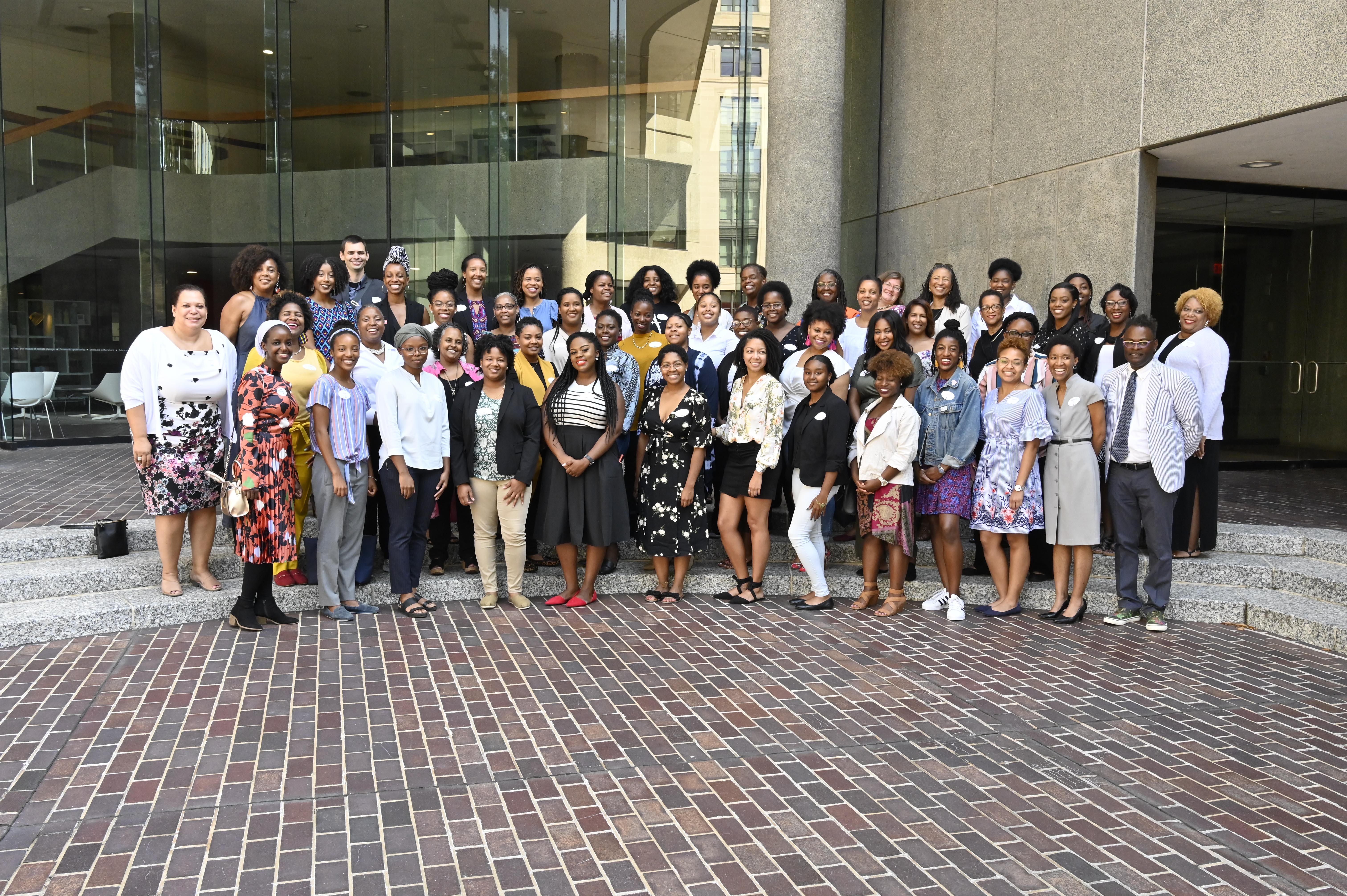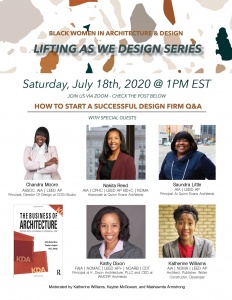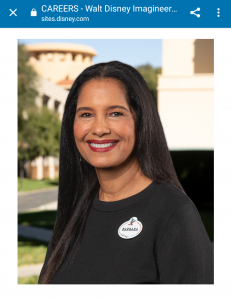Riding the Vortex accepted the Whitney M Young Jr from the American Institute of Architects at A’22, the Conference on Architecture, in Chicago at the end of June.
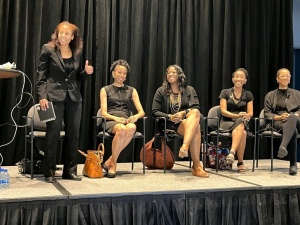 Our time there involved presenting a panel session on Wednesday, June 22. We shared a brief history of Vortex and invited Sabrina Herrell to share her career path, as we would do in a traditional Vortex panel. Sabrina is local to Chicago. She has an architecture degree and is a practicing attorney. We had great audience questions and heard from attendees on their experiences being in previous Vortex sessions. We even received kudos from attendee and 2022 Edward C. Kemper Award, Bob Berkebile, FAIA, who was in attendance when Young spoke at the AIA conference in 1968.
Our time there involved presenting a panel session on Wednesday, June 22. We shared a brief history of Vortex and invited Sabrina Herrell to share her career path, as we would do in a traditional Vortex panel. Sabrina is local to Chicago. She has an architecture degree and is a practicing attorney. We had great audience questions and heard from attendees on their experiences being in previous Vortex sessions. We even received kudos from attendee and 2022 Edward C. Kemper Award, Bob Berkebile, FAIA, who was in attendance when Young spoke at the AIA conference in 1968.
 The collaborators also had a panel on the Expo floor. This session also highlighted the 15 year history of Vortex and allowed the collaborators to do more Q&A with each other and take audience questons.
The collaborators also had a panel on the Expo floor. This session also highlighted the 15 year history of Vortex and allowed the collaborators to do more Q&A with each other and take audience questons.
The WMYJ Award winners from the past three years were invited to receive their medals as part of the Thursday keynote session. This included WMJY 2020 winner Gabrielle Bullock, FAIA and 2021 Winner Pascale Sablan, FAIA. They previously accepted their award virtually since the 2021 and 2020 were not in-person because of COVID. It was a great moment to be recognized by thousands of our peers.
 On Friday, Vortex attended the AIA awards reception at the Chicago Architecture Center and had the chance to meet the other 2022 award winners including Mr. Berkebile.
On Friday, Vortex attended the AIA awards reception at the Chicago Architecture Center and had the chance to meet the other 2022 award winners including Mr. Berkebile.
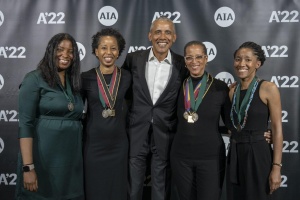 Last, Riding the Vortex had the opportunity to participate in a photo shoot with President Barack Obama, before he participated in the Friday keynote. This was a great way to cap off our time of celebration at A’22.
Last, Riding the Vortex had the opportunity to participate in a photo shoot with President Barack Obama, before he participated in the Friday keynote. This was a great way to cap off our time of celebration at A’22.





 Our time there involved presenting a panel session on Wednesday, June 22. We shared a brief history of Vortex and invited Sabrina Herrell to share her career path, as we would do in a traditional Vortex panel. Sabrina is local to Chicago. She has an architecture degree and is a practicing attorney. We had great audience questions and heard from attendees on their experiences being in previous Vortex sessions. We even received kudos from attendee and 2022 Edward C. Kemper Award,
Our time there involved presenting a panel session on Wednesday, June 22. We shared a brief history of Vortex and invited Sabrina Herrell to share her career path, as we would do in a traditional Vortex panel. Sabrina is local to Chicago. She has an architecture degree and is a practicing attorney. We had great audience questions and heard from attendees on their experiences being in previous Vortex sessions. We even received kudos from attendee and 2022 Edward C. Kemper Award,  The collaborators also had a panel on the Expo floor. This session also highlighted the 15 year history of Vortex and allowed the collaborators to do more Q&A with each other and take audience questons.
The collaborators also had a panel on the Expo floor. This session also highlighted the 15 year history of Vortex and allowed the collaborators to do more Q&A with each other and take audience questons.



 On Friday, Vortex attended the AIA awards reception at the Chicago Architecture Center and had the chance to meet the other
On Friday, Vortex attended the AIA awards reception at the Chicago Architecture Center and had the chance to meet the other  Last, Riding the Vortex had the opportunity to participate in a photo shoot with President Barack Obama, before he participated in the Friday keynote. This was a great way to cap off our time of celebration at A’22.
Last, Riding the Vortex had the opportunity to participate in a photo shoot with President Barack Obama, before he participated in the Friday keynote. This was a great way to cap off our time of celebration at A’22.
